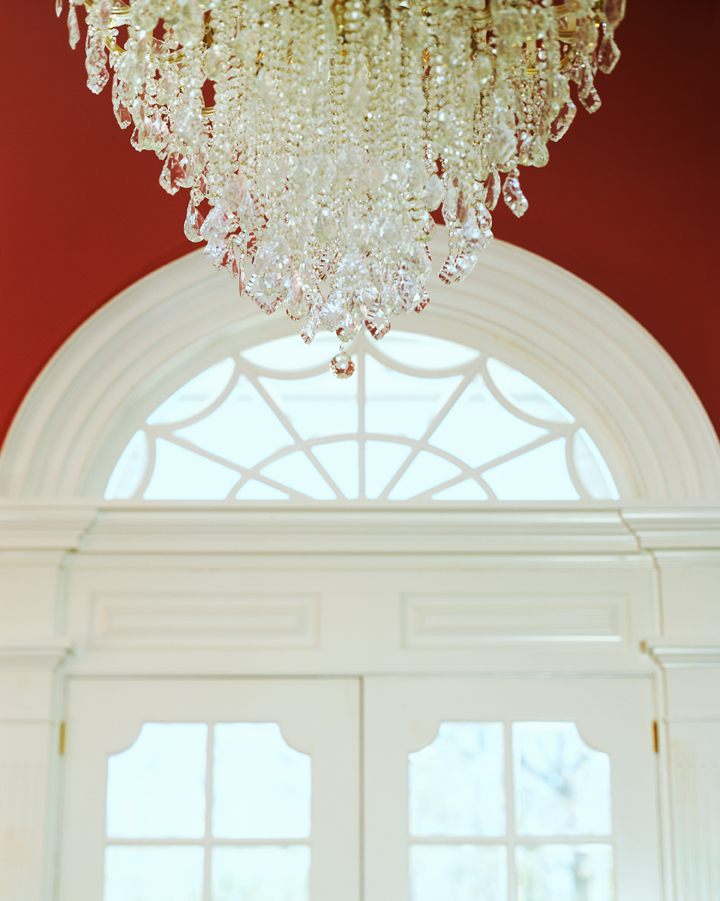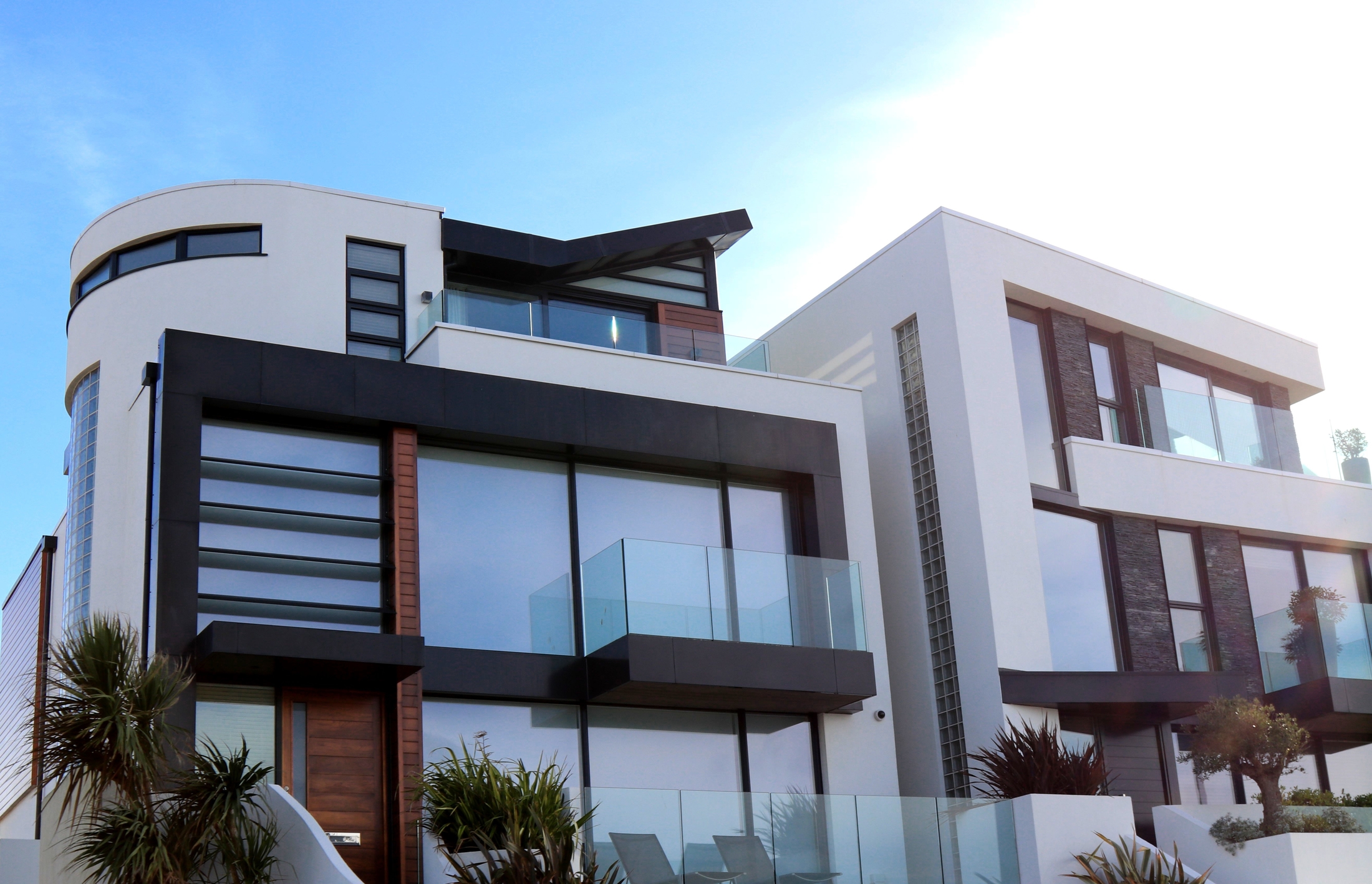Sellers: Making the Most of your First Impressions

 As the old saying goes, you only have one chance to make a first impression. If you’re selling your home, it’s true, except that there are several impressions to be made, and each one might have its own effect on the unique tastes of a prospective buyer. I’ve worked with scores of buyers, witnessed hundreds of showings, and I can summarize that experience down this: a tidy and well maintained home, priced right, listed with professional photographs, enhanced curb appeal and onsite visual appeal will sell fastest. We all know first impressions are very important, but the lasting impressions are the ones that sell your home. It’s not easy, but if you can detach a little and look at your home from a buyer’s perspective, the answers to selling it quickly may become obvious to you.
As the old saying goes, you only have one chance to make a first impression. If you’re selling your home, it’s true, except that there are several impressions to be made, and each one might have its own effect on the unique tastes of a prospective buyer. I’ve worked with scores of buyers, witnessed hundreds of showings, and I can summarize that experience down this: a tidy and well maintained home, priced right, listed with professional photographs, enhanced curb appeal and onsite visual appeal will sell fastest. We all know first impressions are very important, but the lasting impressions are the ones that sell your home. It’s not easy, but if you can detach a little and look at your home from a buyer’s perspective, the answers to selling it quickly may become obvious to you.
The very first impression your home will make is through its web presence, whether on Windermere.com, the MLS, Craigslist or any multitude of websites. Fair or not, the price is typically the very first thing people look at, and it will be the measurement by which your home is judged. You can always adjust to the right price later, but the impact is lost. It will take something dramatic to get a buyer to reassess the way they feel about the value of your home.
Closely following price are the listing photos. According to this recent article in the Wall Street Journal, professional photos will not only impact your first impressions, it may also make a difference in the final selling price. Great photos might even overcome those initial price objections. Does the exterior photo capture your home at its hi-res best? Does the accompanying text enhance or distract? Online, your home has only a few seconds to capture the home buyer’s attention. If it doesn’t, they’ll click the “Back” button and resume their search. The goal is to have buyers excitedly calling their agents to arrange a showing.
Another old saying is “Location, location, location,” and sure enough, the first live impression of your home is the location. Forget this one; you can’t move your home. There’s not much you can do about location, right? Actually, there is one thing you can do: price it right from the start.
Let’s move on to the first time a buyer sees your home as they pull to the curb out front. Go stand out at the curb and look at it the way you would if you were shopping for a home. Sometimes, a couple hours of labor and $100 worth of beauty bark can be worth thousands in the sales price. I’ve had buyers choose not to get out of the car when we pulled up to a home that they had once been excited to see.
Likewise, I’ve had buyers say they’ve seen enough simply by peaking into the front door. The nose trumps the eyes when it comes to the first impression when entering the house. Buyers get more caught up in the details. Once the home shopper is inside, it’s easy for them to get distracted and focus on something that seems to have nothing to do with the structure they will be buying, from a dirty dish in the sink to a teenager’s bedroom that’s been decorated in posters and/or melodrama. Do everything you can to set a positive lasting impression. The buyer may look at dozens of homes. What is your strategy to convince them to make an offer on yours?
Myths and Truths About Millennial Home Buyers


In recent years there has been a lot written about millennials and their impact on the housing market. Because of this, there are also a lot of misconceptions about what this generation wants from a home. To start, it’s important to know that there are more than 71 millennials, which are defined as those aged 22-37. They also represent 34 percent of all home buyers which makes them tremendously important to the real estate market. We were curious if what we’ve read about millennial home buying habits is true and here’s what we found.
Simple, Functional, Minimal Maintenance

Millennials do not appear to be drawn to fixer uppers in the same way as prior generations. They want something that is “move-in” ready with minimal maintenance. They also value simplicity and function over extravagance which means they’re drawn to spaces that serve dual purposes and furniture that doubles as storage. The old adage “less is more” takes on new meaning for millennial buyers.
Location

Similar to older generations, millennials place a great deal of importance on location. The convenience to their job, friends, family, entertainment, and shopping is a must. But the rumor out there that they only want to live in city dwellings is a myth. Millennials are getting older and starting to have families, so like prior generations, many of them are moving away from the hustle and bustle of the city and into nearby neighborhoods with good schools and family-friendly amenities.
Digitally Engaged

Millennials have grown up surrounded by technology, so smart home technology is a high priority for these buyers. And they’re willing to pay more for it: a survey conducted by Wakefield Research states that millennials are willing to pay a 20 percent premium for smart home technology, such as voice assisted devices, smart phone-controlled security systems, electronic door locks, and doorbell cameras.
Experience over Luxuries

One of the main things we’ve learned about millennials is that they are not prone to conformity. They’re a practical bunch who places a very high priority on experiences and quality of life. Studies show that millennials would rather have discretionary income to pay for things like healthy food, gym memberships, and international travel than blowing their budget on an expensive home. In other words, they’re happy with a modest space so they have money left to spend on their quality of life.
In the end, millennial buyers aren’t that different from prior generations. They’re clearly a pragmatic group that sees their home more as a functional space than a symbol of their success. Technology definitely plays a far greater role for them than their baby boomer parents, but ultimately they still want a home in a nice neighborhood with good schools and access to friends, family, and nearby amenities.
 Facebook
Facebook
 X
X
 Pinterest
Pinterest
 Copy Link
Copy Link